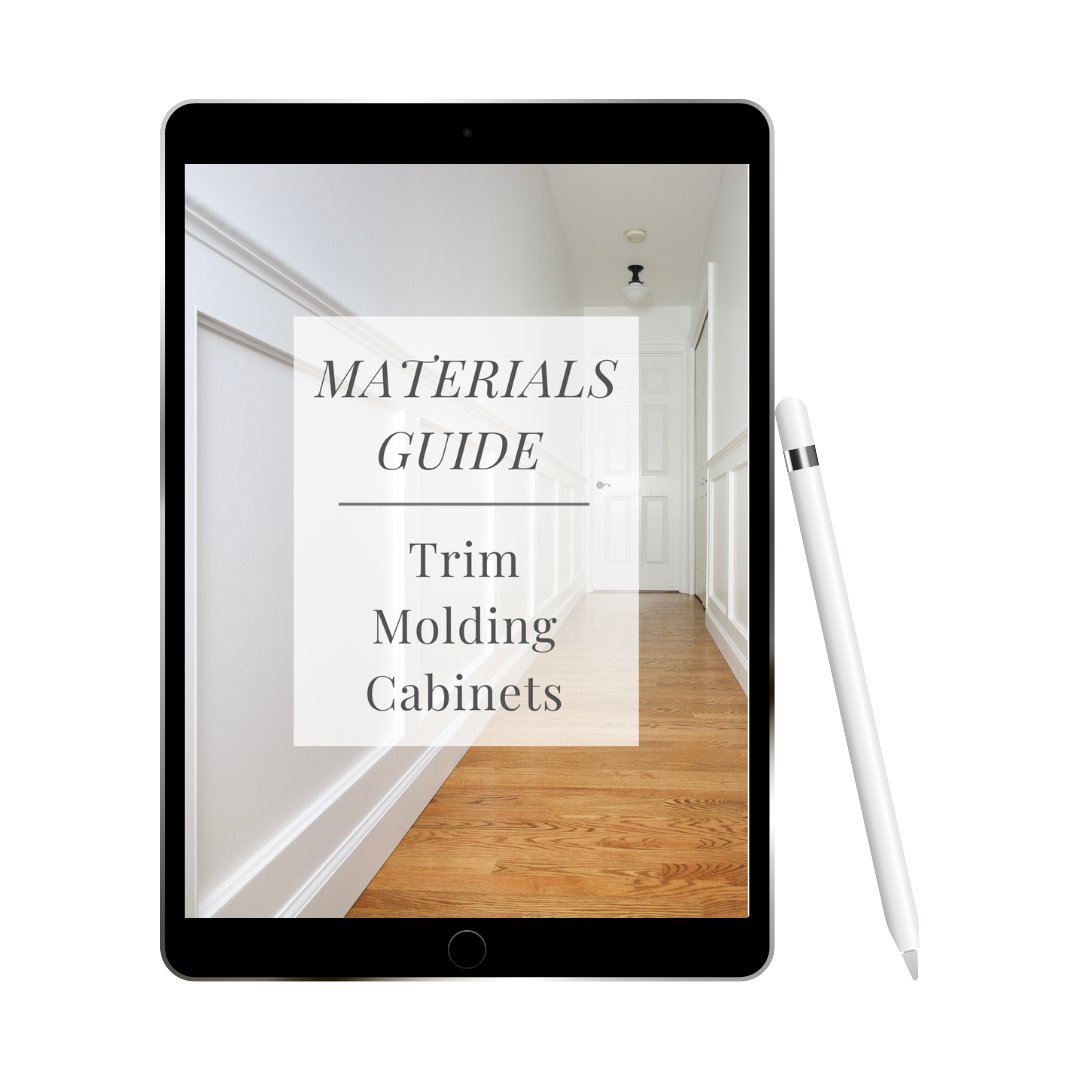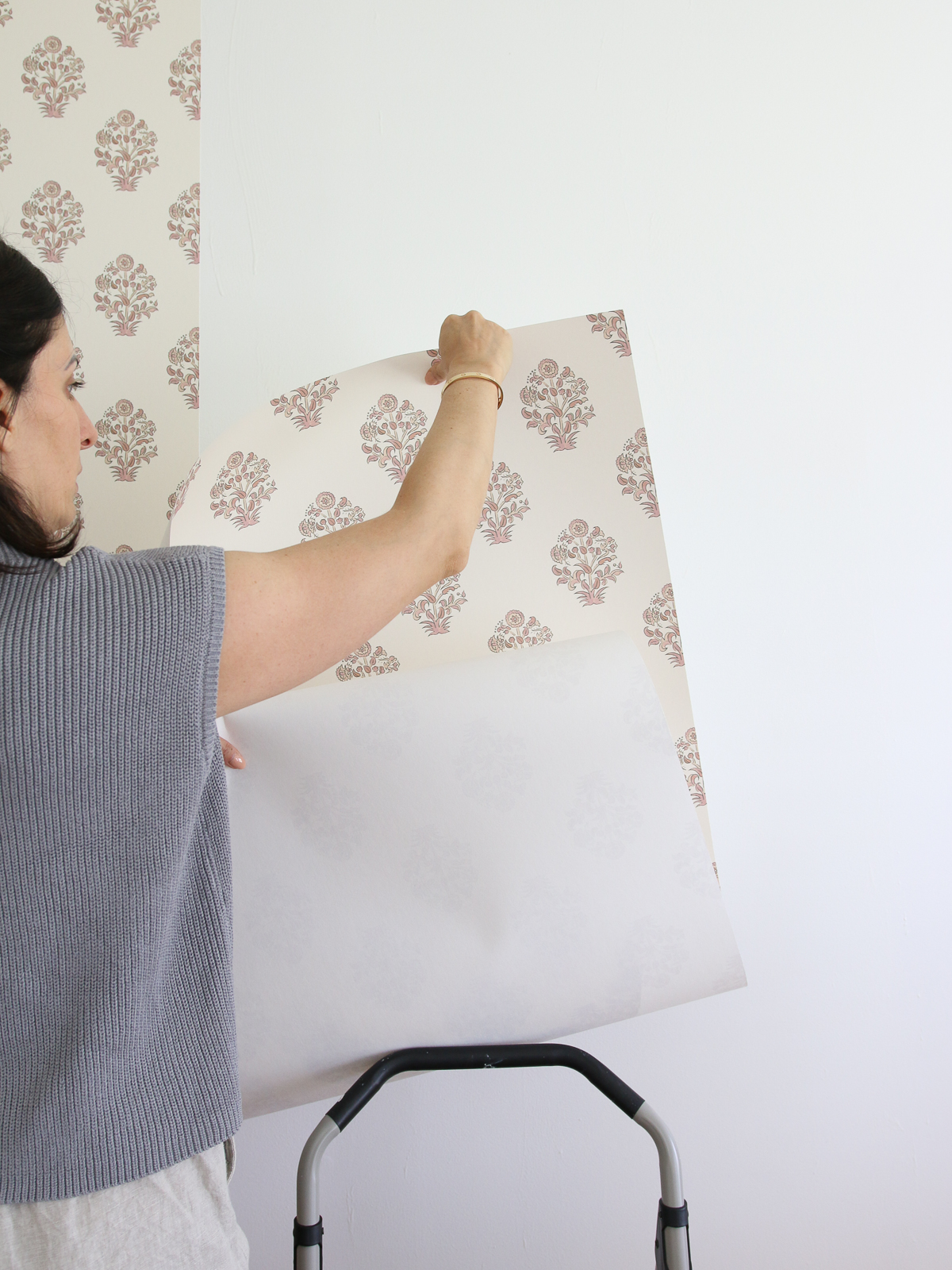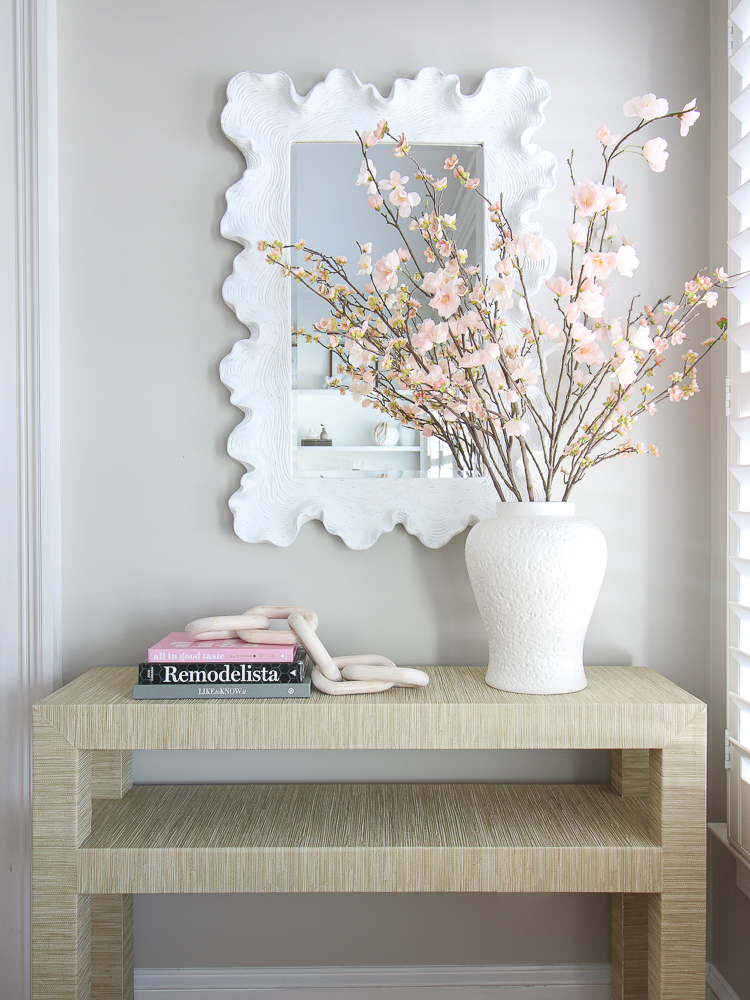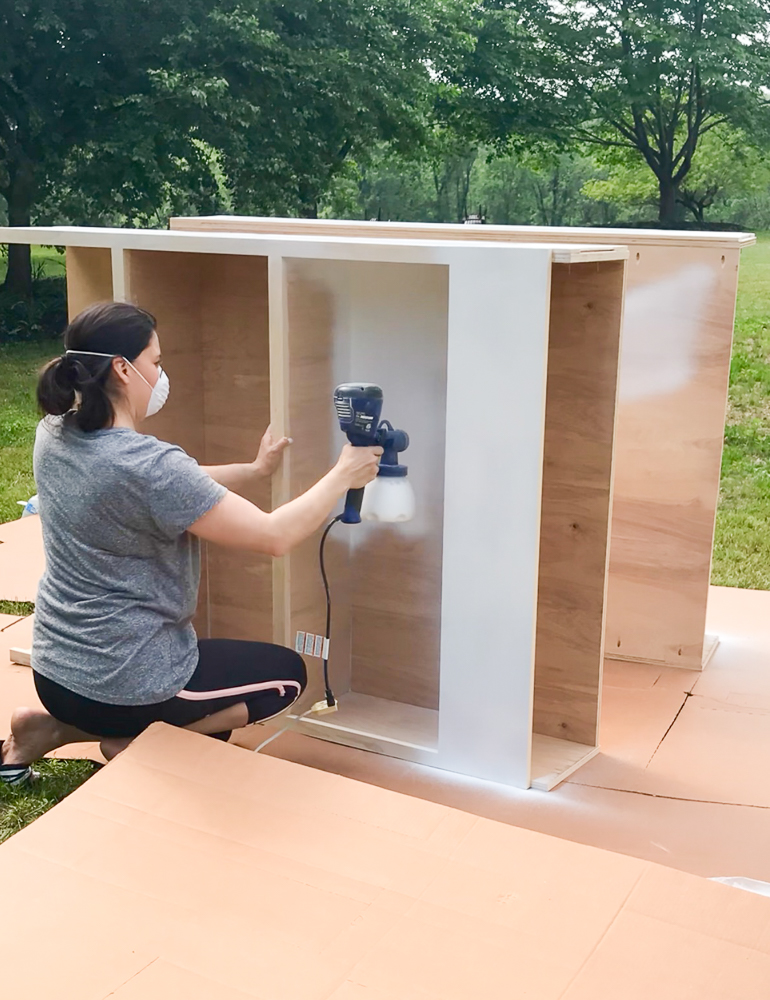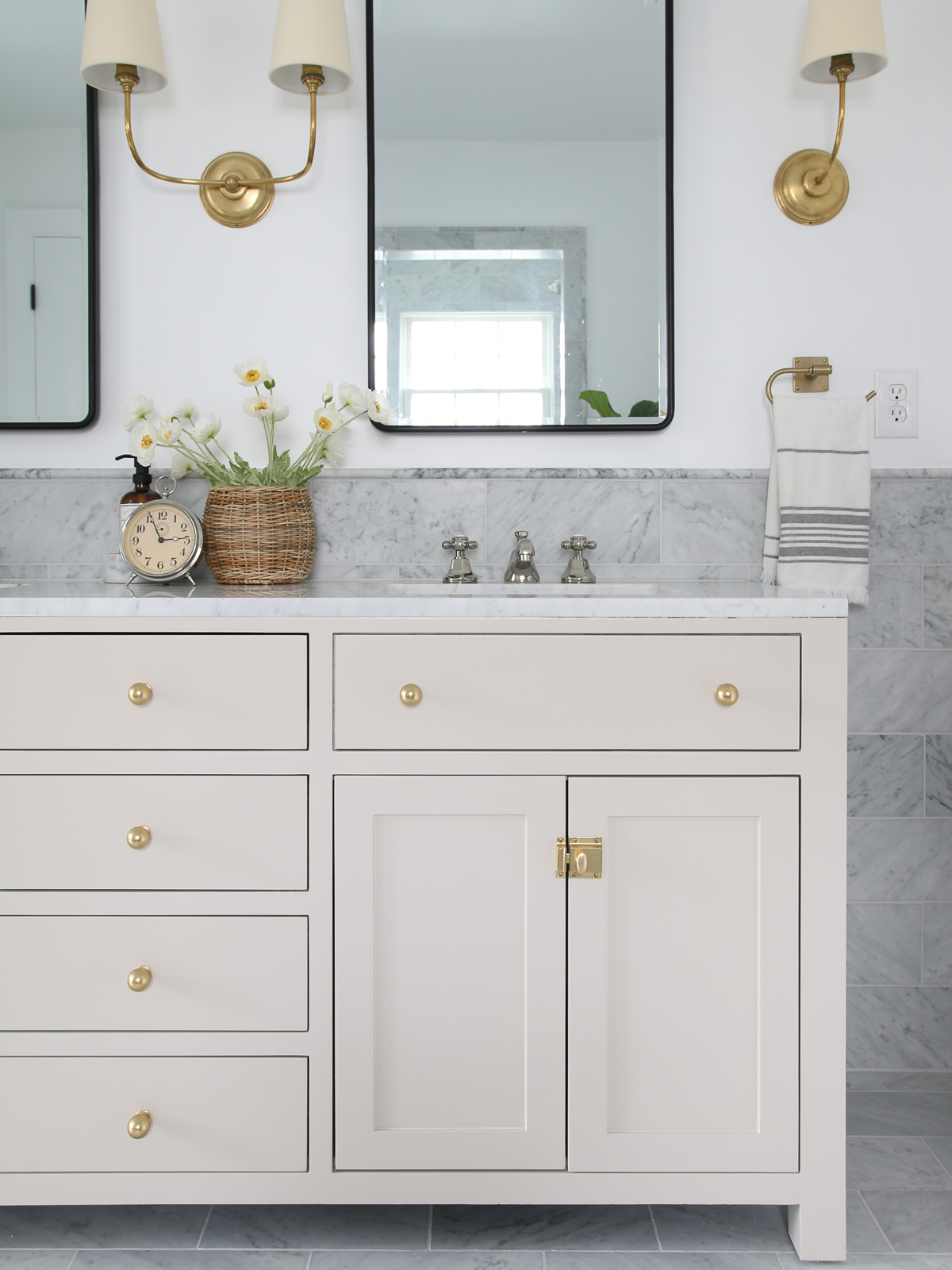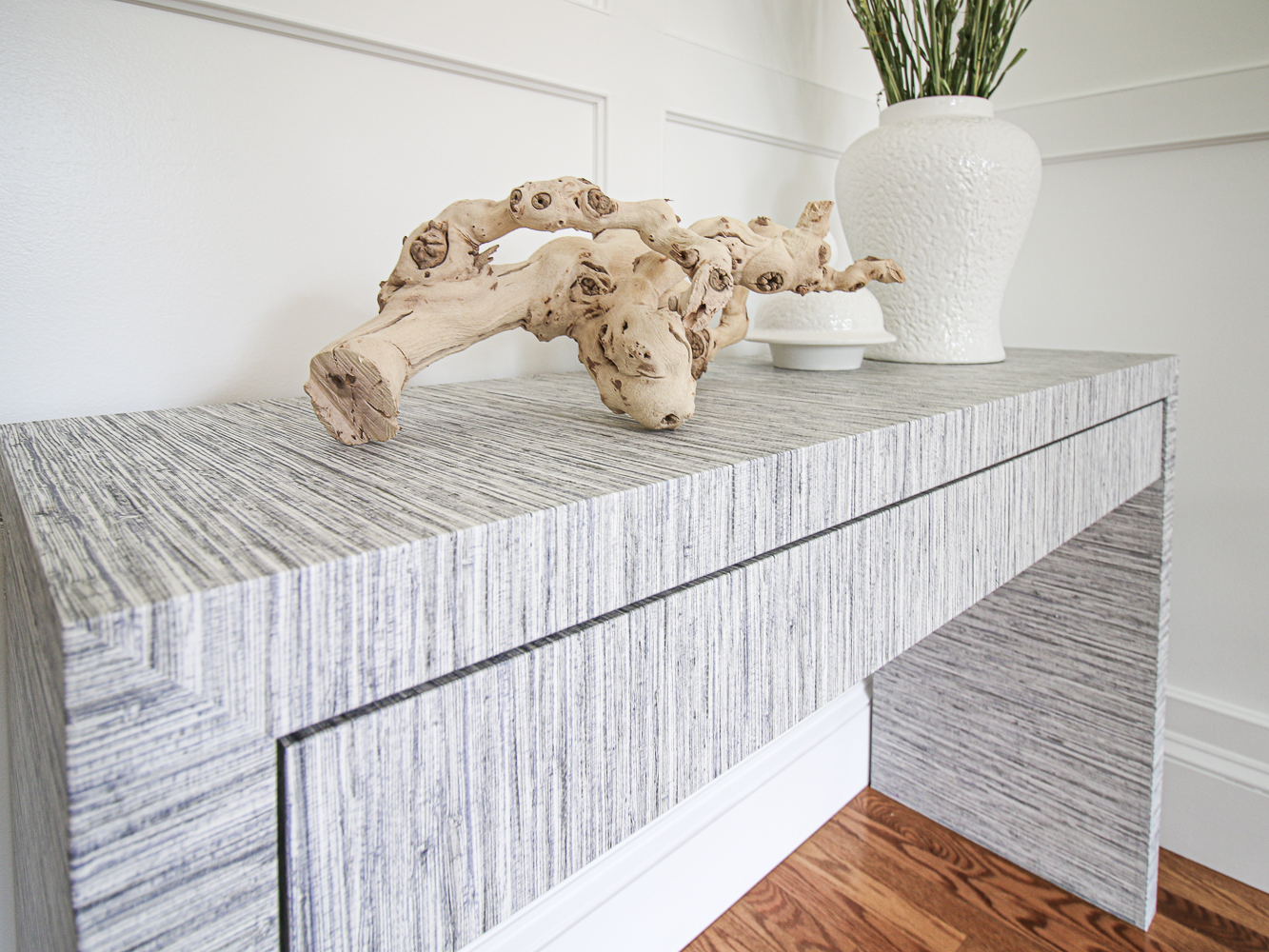Essential DIY Tools
Disclosure: This post may contain affiliate links. As an Amazon Associate, I earn from qualifying purchases at no additional cost to you.
You are thinking about tackling a project in your home and want to know what the right DIY tools for the job are. Or maybe you are a brand new homeowner – congratulations! – and you are wondering what must-have tools you should always have in your toolbox. I have done my fair share of DIYs and will share my essential tools for woodworking as well as my recommendations for the best tool brands, from applying hallway molding to building cabinets and everything in between.

Use this comprehensive woodworking tool list when shopping for your favorite DIYer. It may sound boring to some but for DIY enthusiasts like myself, receiving a nail gun or miter saw for Christmas is a dream come true!
Basic tools for homeowners
Even if you are not interested in doing any DIY projects, every homeowner should have a basic tool collection to handle the necessary maintenance or small home repair jobs. This household tool list should be included on all wedding registries.
Simple Materials Guide
Get this FREE GUIDE to different types of trim and molding materials for your every DIY need – from wall molding to cabinetry!
- Tape measure
- Utility knife
- Screwdriver – a multi-head screwdriver with a flat head, Philips head, hex, star
- Hammer
- Allen wrench and hex key set
- Stud finder
- Pliers
- Wire cutter
- Level or Laser Level
You don’t need to spend a fortune to get the best tool kit for your needs. The kits below are affordable options from Amazon that will keep you ready to handle all the little things that pop up as a homeowner.
Essential power tools
Now if you’re ready to tackle something bigger – like installing wall molding, shiplap, or even making cabinets, you will need some or most of these power tools:
Drill and Driver – What is the difference between a power drill and a driver? They look like they’re the same. A power drill rotates while the driver rotates and hammers in. They also take different drill bits. You might want to have a set of those even if you don’t DIY. Sometimes you can find a better deal on a combination kit that includes both.

Miter Saw – a miter saw is necessary for making precise cuts and at different angles (miter and bevel cuts). You need a miter saw to install wall trim, crown molding, and baseboards. If the saw has a large-diameter blade, you can make slightly longer cuts but not long enough to cut plywood sheets.


Nail Gun – you need a finish nail gun to attach molding to the wall or to apply face trim to cabinet boxes. Nail guns usually can use a couple of different nail lengths but only one gauge (the thickness of the nail). A higher gauge means thinner nails. 15 Ga or 16 Ga is sufficient for installing trim. Battery-operated nail guns are more expensive than pheumatic-powered ones but they are convenient and don’t require a compressor.
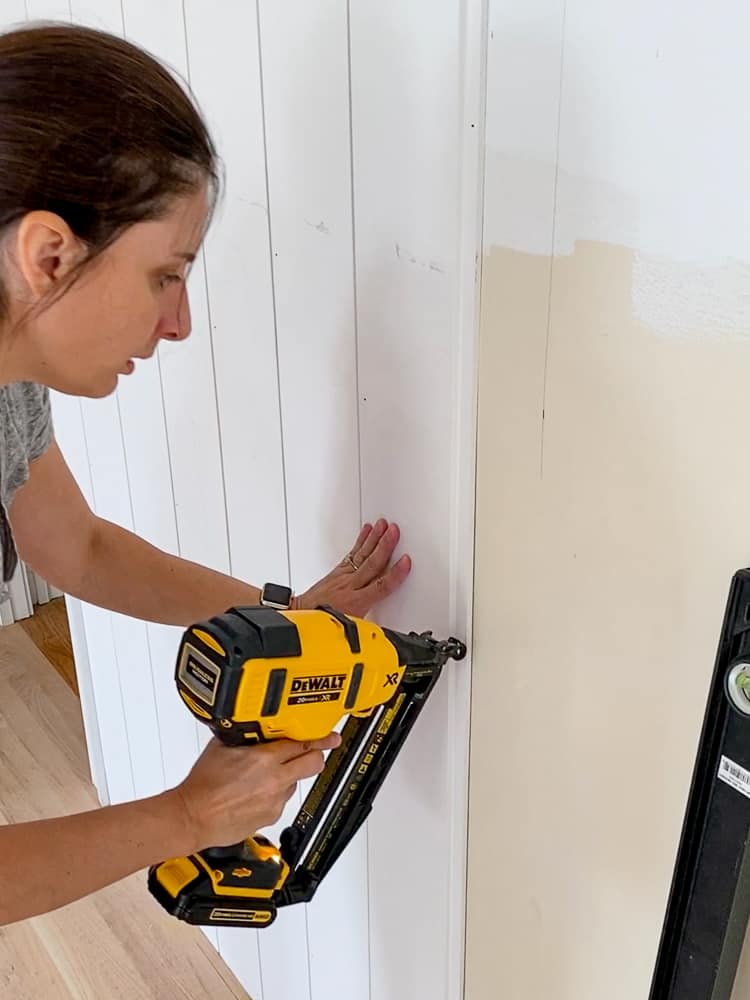
Sander – An orbital sander is a must-have tool for woodworking, not just for flipping furniture. Use it to prep wood surfaces for paint and in between coats to guarantee a smooth professional finish of your moldings and cabinetry. Check out my post on the best paint for cabinets.

Multi Tool – A multi-tool has various interchangeable blades for making small cuts in hard-to-reach places or cutting boards to fit around outlets.
Circular Saw – A circular saw can make long cuts in plywood boards but it can be hard to control for precision cuts.

Table Saw – great for making long cuts with precision. A table saw is a must-have tool for making cabinets.
Jigsaw – a jigsaw has a thin pointy blade and is great for making hole cuts inside boards and panels.

Kreg Jig – not a power tool but you need it for making pocket holes and attaching two boards at a 90-degree angle. You will need a Kreg Jig pocket hole tool if you want to make cabinets.

For the advanced DIYer
The essential tools are all you need to complete your project. But if you want to do some next-level work, you might want to consider a router (to get fancy with your finished edges) and a paint gun (for that professional and fast paint job).


What are the best tool brands?
- Dewalt – top-of-the-line professional grade. If you ever have contractors doing work in your house, you may notice that all their tools are Dewalt. They are definitely the more expensive option but are high quality. You can use the battery packs on all tools interchangeably.
- Ridgid, Ryobi, Craftsman, Skil, Bosch – these are more affordable mid-range brands. They range in price and availability varies by retailer. Some are exclusively sold at Home Depot or Lowe’s.
DIY tools – buy or rent
Each of these types of DIY tools is available at various price points and grade levels – from inexpensive to professional grade. If you are not a pro and will not be using the tool continuously, there is no need to spend pro prices. However, ask yourself if you intend to do just one project or if you will end up doing more.
When I started buying tools, I opted for the lowest grade level and price because I thought it would be for a one-time project. I went on to do a lot of projects and regretted not buying better-quality tools from the start.
I eventually replaced all of my tools with the Dewalt brand. Having all tools be the same brand means you can use the same batteries interchangeably. It’s also nice that they all look the same.
Another option is to rent from Home Depot, especially if you don’t think you will need the tool more than once. For example, I have rented a tile saw because tiling is not something I plan to do repeatedly.

Home Depot has a wide variety of tools available and it’s not very expensive to rent for a day or two. Some tools are inexpensive so it won’t make sense to rent if the cost will be the same as buying the tool.
Corded or cordless tools
You may think that cordless (or battery-operated) DIY tools are always better because they’re more convenient. They’re also typically more expensive than their corded counterparts. But corded isn’t always better. Any time you need continuous high power – for example, miter or table saws, even circular saws – you’re better off with a corded tool.
In the image below you can see that I’m using a sander to prepare this vanity for paint. While this is a relatively small job for a corded DIY tool, I already had it on hand from more complicated projects.

But if you will not be greatly inconvenienced by the cord, you will save yourself some money going the corded route. Cordless tools are also heavier – you’re holding the tool AND the battery attached to it.
When having cordless convenience is necessary, then make sure you have enough spare batteries to change out during the project.
This is my recommendation for corded vs battery-operated tools:
- Miter Saw – corded
- Nail Gun – battery
- Muti Tool – either way
- Sander – corded (you need continuous power for an extended time)
- Circular Saw – corded. It’s a heavy hard to maneuver tool so avoid the extra weight of a battery
- Jig Saw – either way is fine but you can save money with corded
I hope this post has given you all the information needed to complete your collection of DIY tools. Once you have the right equipment, you’ll be ready to tackle anything on your project list. Need a little inspiration?
